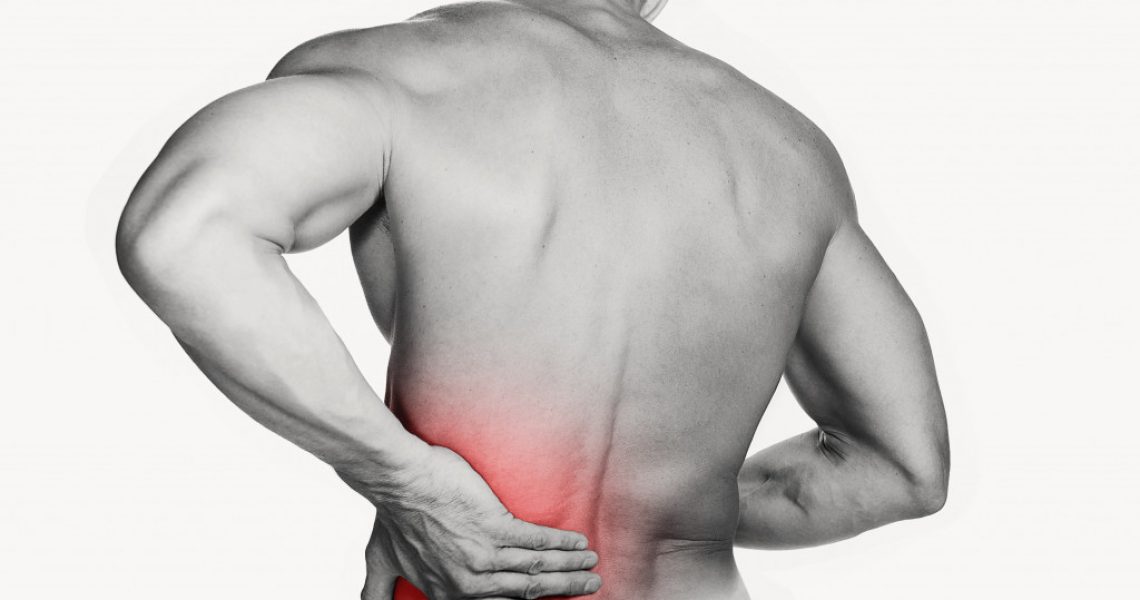Back pain is a common and often debilitating condition that can interfere with daily activities, work, exercise, and sleep. Various factors such as prolonged sitting or standing, poor posture, overuse injuries, or accidents can cause it. Fortunately, there are several practical tips for managing your back pain so you can get back to living life without being held back by the discomfort.
1. Exercise Regularly
Regular physical activity is essential for maintaining your healthy muscles and bones. Low-impact exercises like swimming, cycling, or yoga are recommended if you suffer from chronic back pain, as they reduce stress on your spine while strengthening the core muscles that support it. Additionally, regular exercise helps improve circulation and reduce inflammation, which can help reduce your pain.
It is important to find an activity that works for you and your body and one that you enjoy. Try experimenting with different exercises until you find what works best for you and your back pain. Aim for at least 30 minutes of exercise per day, if possible, or split it into smaller, more frequent sessions throughout the day. It is essential to listen to your body and stop exercising if you experience any pain or discomfort.
It can also be helpful to consult with a physical therapist or sports medicine doctor specializing in back pain. They can help design an exercise program that works best for you and your body and provide guidance on performing exercises to maximize their effectiveness correctly.
2. Proper Posture and Body Mechanics
Maintaining proper posture is essential for preventing back pain. Keep your head up and shoulders back with your spine in a neutral position when sitting or standing. Avoid slouching or hunching over for extended periods, as this can lead to additional strain on the muscles and ligaments of your back. Additionally, when lifting heavy objects, use appropriate body mechanics such as bending at the knees and keeping the object close to your body while lifting, so you don’t strain your spine unnecessarily.
It’s also important to be mindful of how you move your body throughout the day. When participating in activities such as gardening or housework, make sure to use proper posture and technique, alternating between short breaks and periods of activity. Additionally, if you spend a significant amount of time on the computer, you must take frequent breaks and stretch regularly. A chiropractor can guide proper ergonomics for your workspace and exercises that can help alleviate discomfort from sitting in one position for too long.
3. Heat and Cold Therapy

Applying heat or cold packs may be beneficial for reducing inflammation and pain associated with back pain. Heat therapy increases blood flow to the area, which helps relax muscles and reduce stiffness. Cold therapy can be effective in relieving acute muscle spasms and reducing inflammation.
Cold therapy should be applied for 15 minutes and not be used directly on bare skin. To avoid injury, it is essential to use cold packs in moderation. Heat therapy can be used for 20 minutes, with breaks in between if needed. Applying the heat or cold pack too long may cause skin burns or injury. If you’re using heat, it is essential to check the temperature of the heat pack before placing it on your back, as too much heat may damage the skin.
Do not apply ice directly to the skin when using cold therapy, as this can cause frostbite. Wrap the cold pack in a towel before applying it to the skin. Heat and cold therapy are not advised for people with diabetes, vascular disease, or paralysis due to the potential risk of burns or tissue damage. It is important to consult a doctor before trying either form of therapy as they can advise on how best to use them safely and effectively. Heat and cold therapy should never be used as a substitute for professional medical care.
4. Seek Professional Help
If your back pain is persistent or severe, it is vital to seek professional medical help. Your doctor can diagnose your pain’s cause and advise on how best to manage it. They may also recommend physical therapy, medication, or other treatments that can help reduce your pain and restore normal function.
Your doctor may also recommend that you visit a chiropractor for treatment. Chiropractic care involves manual manipulation of the spine, joints, and muscles to reduce pain, improve function and promote healing in the affected area. This form of treatment can be especially beneficial if the source of your back pain is related to misalignment or muscle tension.
Also, if your back pain is caused by an underlying condition such as arthritis or osteoporosis, your doctor may recommend medication. Non-steroidal anti-inflammatory drugs (NSAIDs) are commonly prescribed for reducing inflammation and relieving pain. You may also prescribe narcotic medications to reduce pain if necessary. However, it is essential to note that these should only be used on a short-term basis.
Closing Thoughts
Back pain can be highly uncomfortable and even disabling. However, there are several practical tips for managing your back pain so you can get back to living life without being held back by discomfort. Regular exercise, proper posture and body mechanics, heat and cold therapy, and professional help are all ways to reduce the impact of back pain in your life so you can

